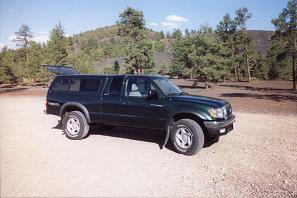
Sunset Crater National Monument.
|
Colorado August 2005 Trip Report © August 2005 Adam Helman |
| (Click on any image for enlargement.) |

|
|
My Tacoma truck parked at Sunset Crater National Monument. |
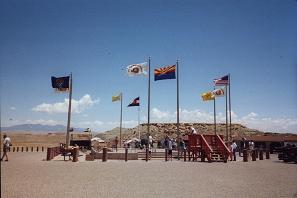
|
|
Four Corners National Monument |
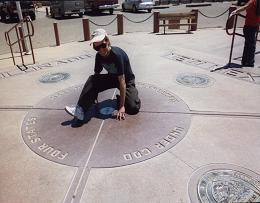
|
|
Kneeling at Four Corners with a limb in each state. |
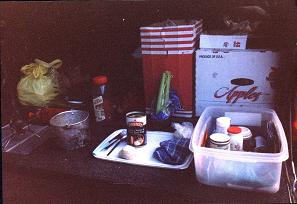
|
|
Tailgate supper after Greenhorn Mountain. Note the stilton cheese soup. |
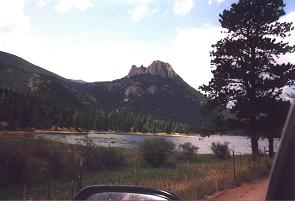
|
|
Wellington Lake and rock formations two miles north of Stoney Pass. |
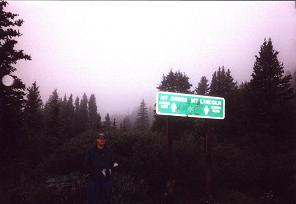
|
|
Tim Worth and invisible fourteeners at Hoosier Pass on Route 9. |
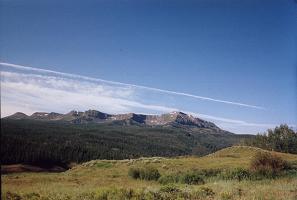
|
|
Flat Top Mountain has over 4,000 feet of prominence. |
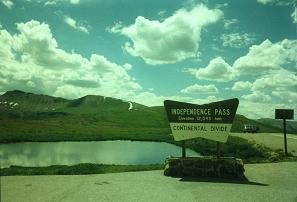
|
|
Independence Pass is the highest point on Route 82 - 12,095 feet. Note the lush, green alpine tundra and residual winter snow. |
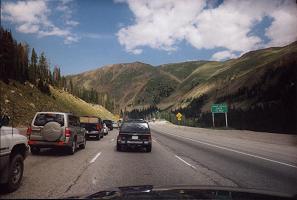
|
|
A traffic jam immediately west of the Eisenhower Tunnel on Sunday afternoon as Denver residents return home. |
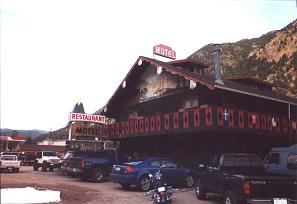
|
|
The Alpine Inn Motel in Georgetown has a restaurant serving German food after 2 p.m. - and breakfast at all open hours. |
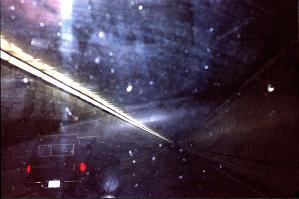
|
|
Westbound inside the Eisenhower Tunnel at 11,300 feet - the highest point on I-70. Stupidity was mandatory to have taken this photograph while driving the narrow roadway. |
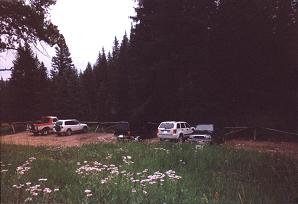
|
|
The Half Moon Trailhead parking lot, as with all rural Colorado, is dominated by pickup trucks and SUVs. |